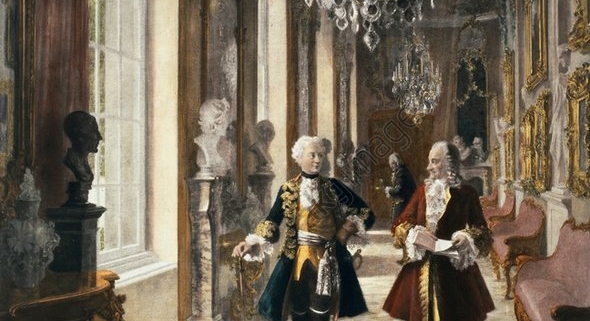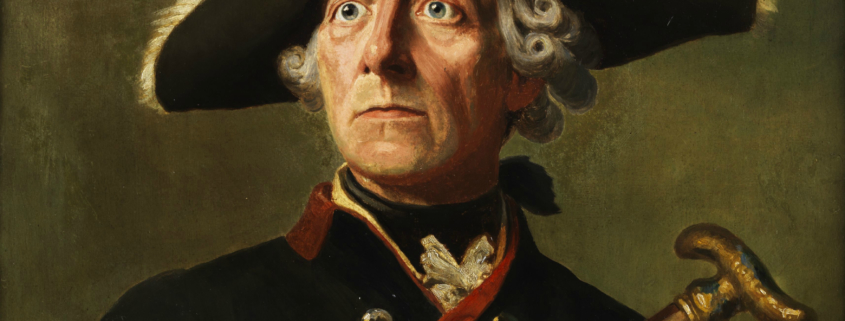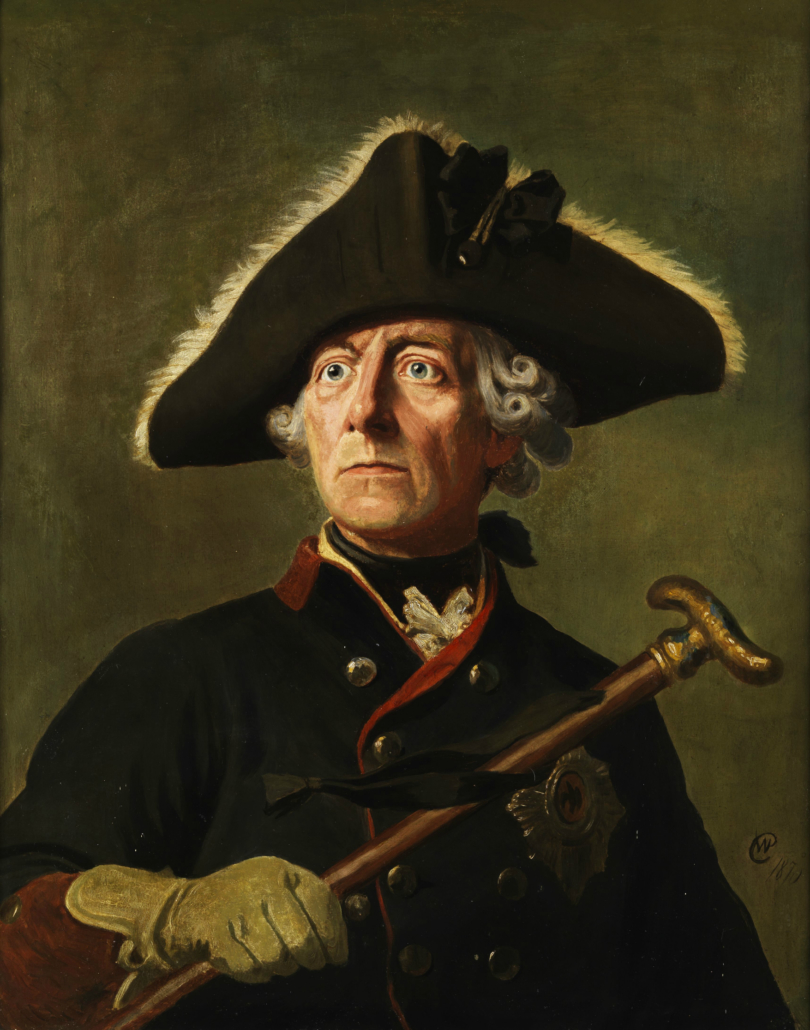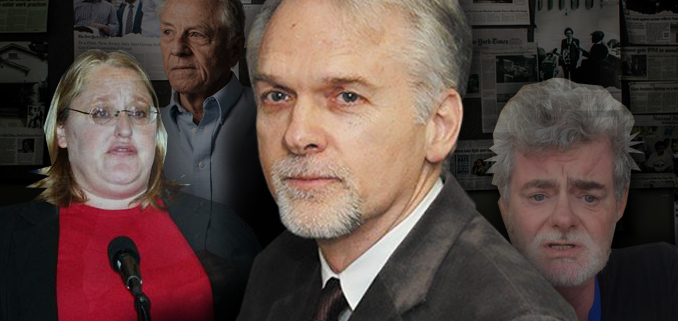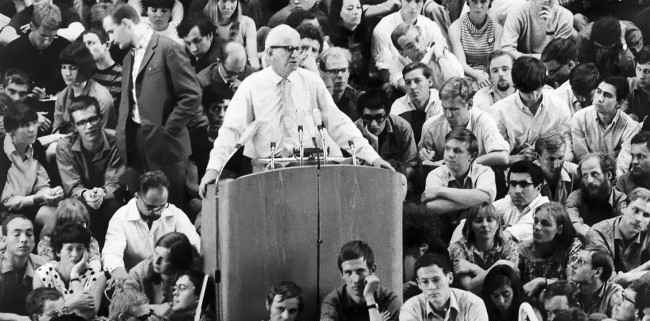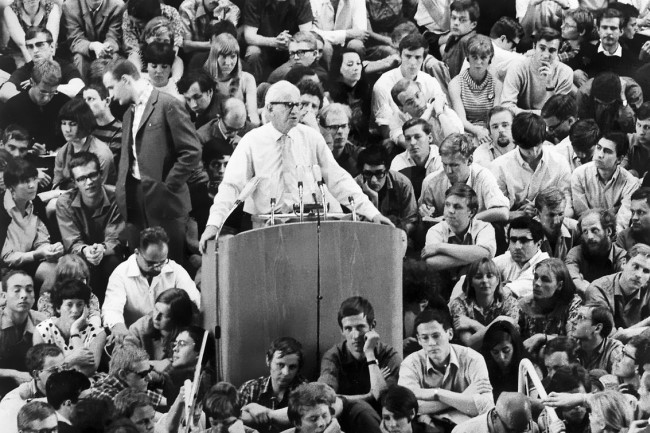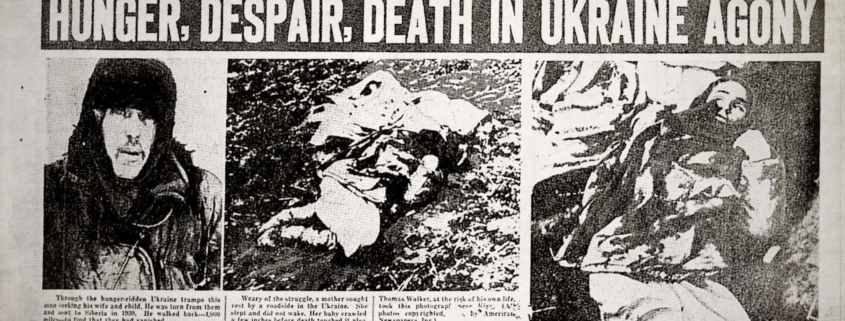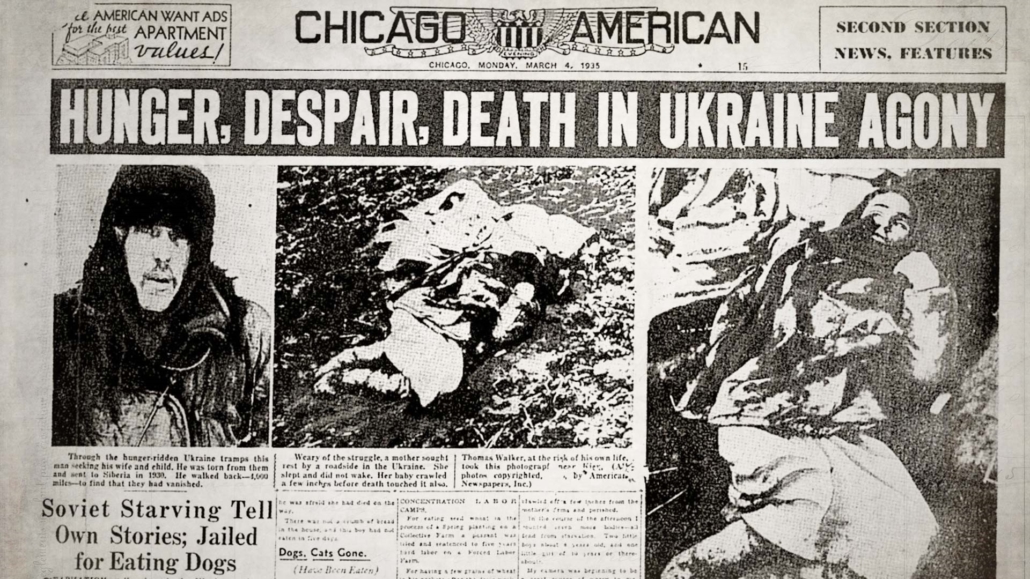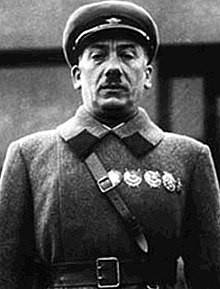Frederick the Great’s Jewish Policy: Between Containment and Profit, Part 2
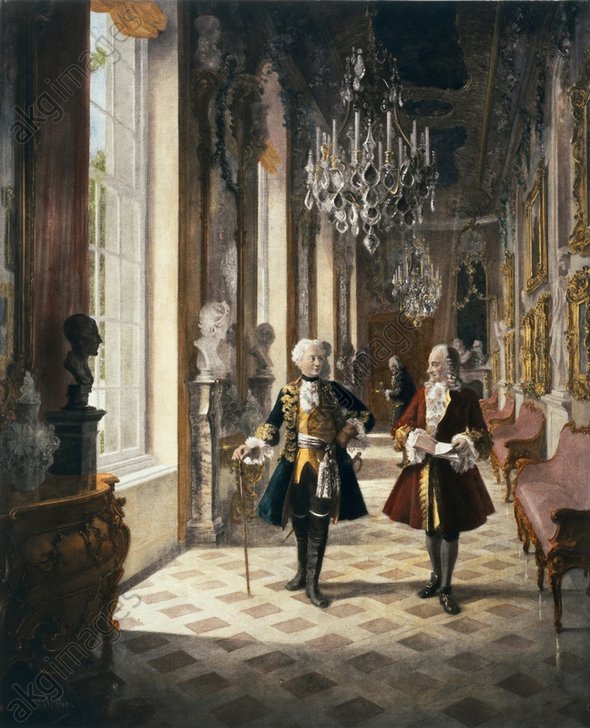
Voltaire at the court of Frederick the Great.
Frederick, Voltaire, and the Jews
Frederick the Great and the famous French philosopher Voltaire had one of the most celebrated relationships between prince and intellectual of the Enlightenment. Indeed, on this rests some of Frederick’s claims to being an “enlightened despot.” Voltaire himself was a vociferous critic of both the Jewish religion and Jews as a people. He wrote in his Philosophical Dictionary: “It is with regret that I speak about the Jews: this nation is, in many respects, the most detestable which has sullied the earth.” Voltaire’s letters to Frederick have numerous critical comments on Jews. For instance, reacting to Catherine II of Russia’s sending a Jew to Egypt to investigate the situation in the country, he said: “The Jews have always loved Egypt, whatever their impertinent story [Exodus] says.”[1] Voltaire appears to have been much more emphatically anti-Semitic than Frederick.
Frederick and Voltaire fell out for various reasons, one of the most important being displeasure over crooked financial dealings between Voltaire and a Jew, Abraham Hirschel. According to Voltaire’s biographer Wayne Andrews:
On November 23, 1750, [Voltaire] called upon Abraham Hirschel, a Jew known for his talent in making money in forbidden transactions, and requested him to buy up for his account in Dresden a certain amount of Saxon bonds. These were then selling at thirty-five per cent below par, but according to a Prussian-Saxon treaty, could be redeemed at par by Prussians. This was such an easy invitation to attack the Saxon treasury that Frederick, on the eighth of May 1748 agreed that the bonds could no longer be imported. Despite this, Voltaire went ahead. Offering a bill of exchange on Paris for forty-thousand francs and a draft on a Berlin Jew for four thousand shillings, he made Hirschel his agent. As agent, Hirschel turned over certain diamonds as security. But then Voltaire saw fit to cancel the bill of exchange that Hirschel cashed, and a nasty quarrel followed with Hirschel demanding the return of his diamonds. Voltaire lost his temper, snatched a ring off Hirschel’s finger, and the affair had to be settled in court. [. . .]
Frederick was not pleased, and the dignity with which he behaved on this occasion was, for once, kingly. He would not allow Voltaire in his presence until the case was settled. He knew that Voltaire was lying when he claimed he had sent Hirschel to Dresden to buy furs and diamonds and was irritated by his language.[2]
Frederick laconically described the affair: “[concerning] Voltaire’s trial with the Jew: it’s a matter of a scoundrel who tried to hoodwink a crook.”[3] This scandal concerning a Jewish financial speculator and a greedy Frenchman contributed to the brevity of Voltaire’s stay in Berlin. Read more

